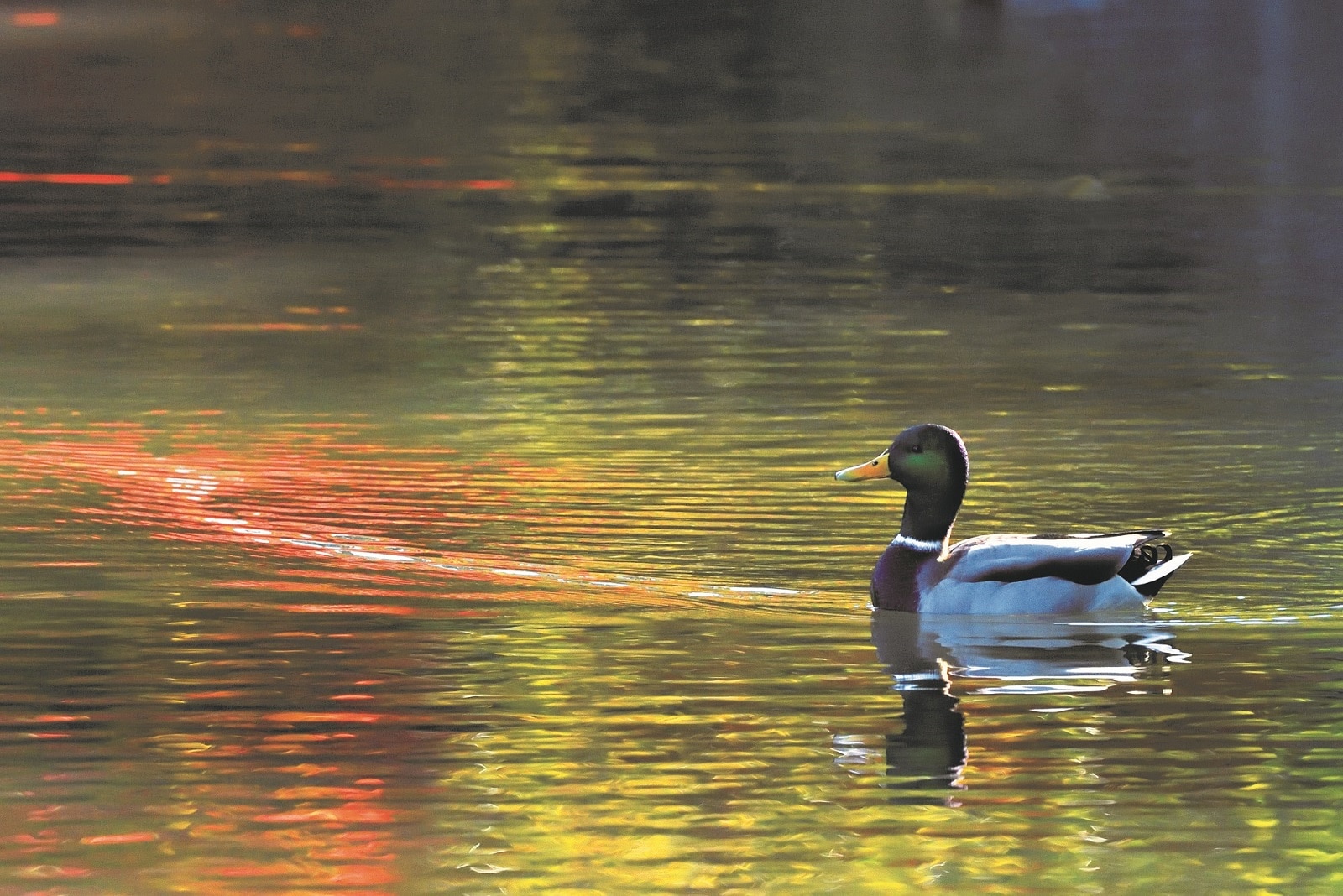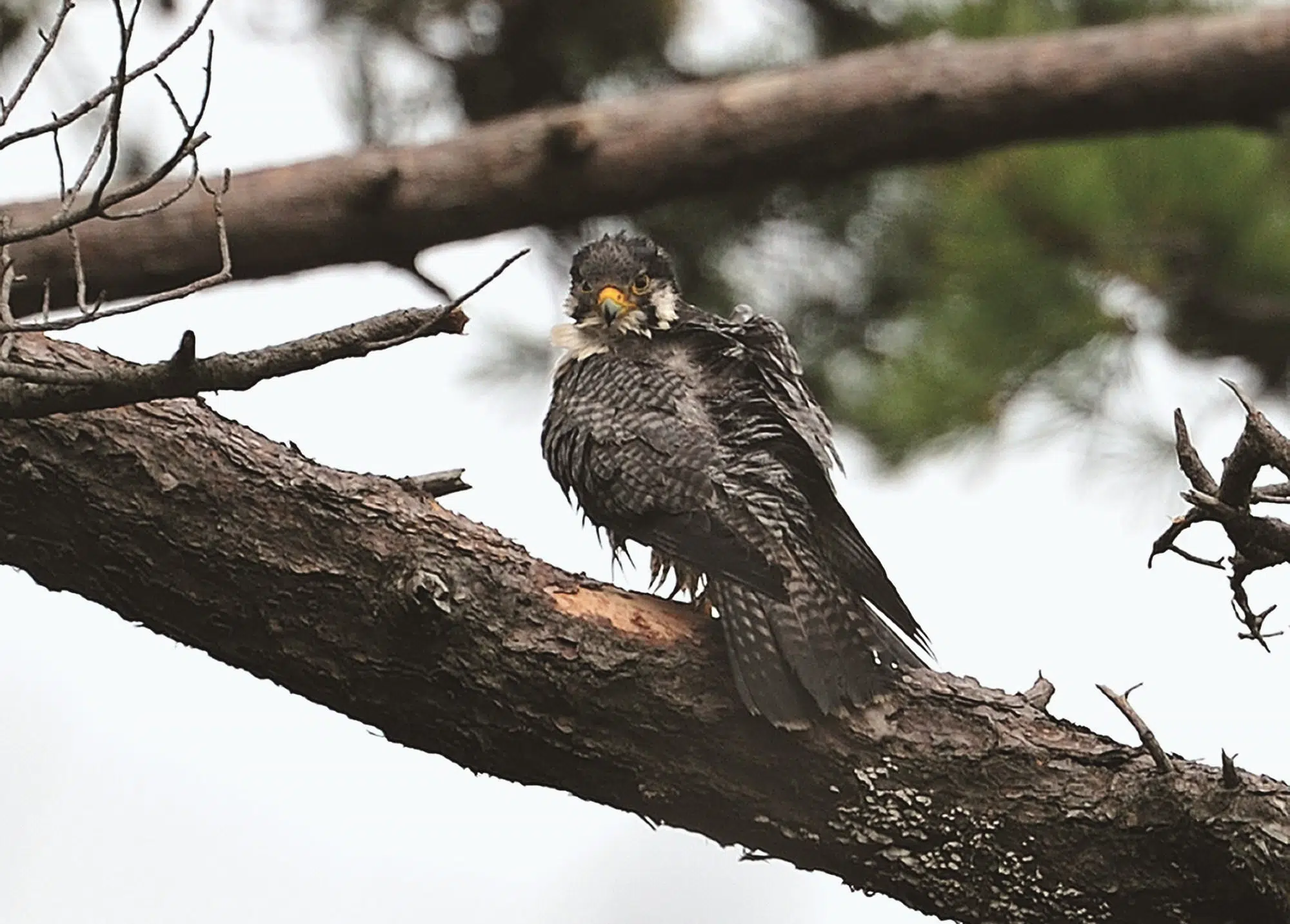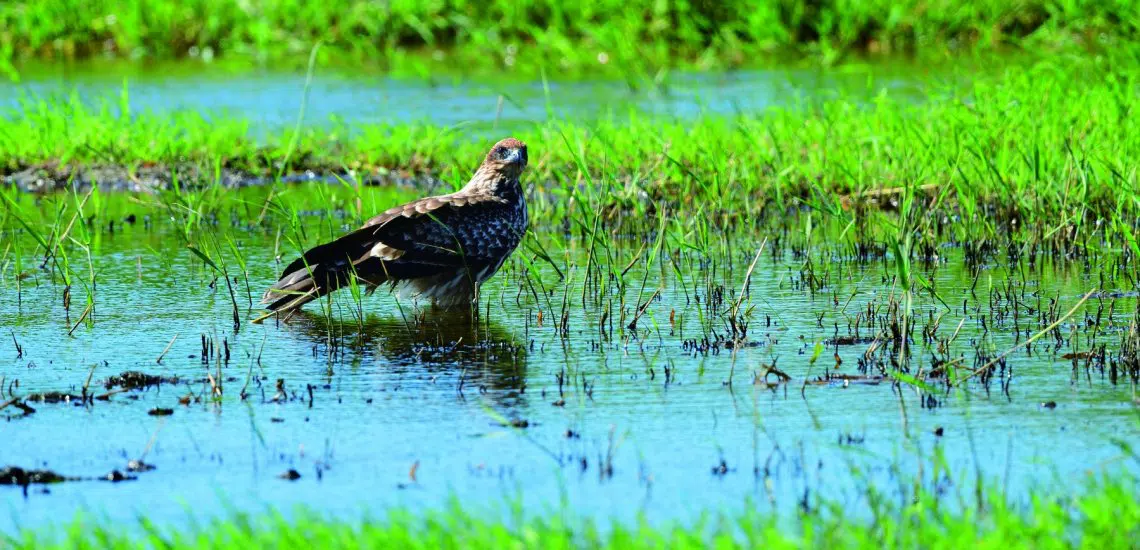The special relationship between camellia flowers and white‑eyes
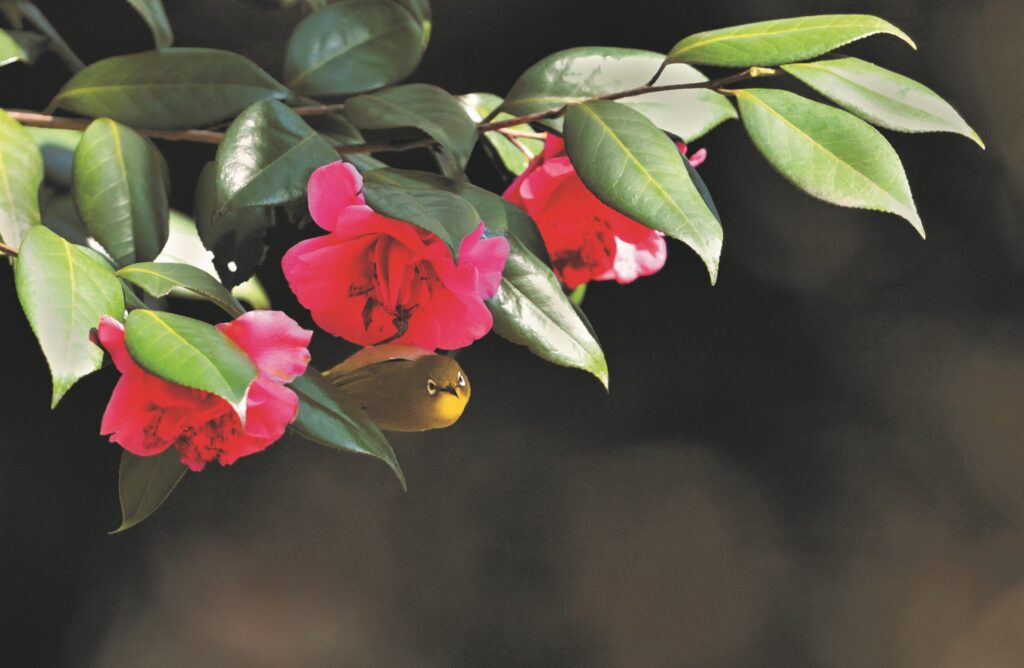
Signs of damage on Japanese Camellia flowers turned out to be evidence of their vital role in the survival of the Mountain White-eye. Discover more about the interaction between these two beautiful species.
For the past two years, like many of you, I have refrained from going out unnecessarily due to the COVID-19 pandemic. Since I could not go out to photograph wild birds, I spent about two weeks from January to February 2021 photographing Mountain White-eyes Zosterops japonicus flying over the Japanese Camellia flowers at the Imperial Palace. Today, I would like to show you some of the photos I was able to take at that time.
At this time of year, white-eyes fly to plum and camellia flowers in search of nectar. I have photographed white-eyes perched on plum blossoms and cherry blossoms before, but this is the first time, including my exhibition, that I have photographed a white-eye with camellia flowers. The reason for this is that camellia flowers often have blemishes that cannot be seen from a distance, and although I have tried several times, I have never been able to take a photograph that I am satisfied with.
So this time, I checked the camellia flowers with binoculars before the white-eyes arrived, and selected beautiful flowers where I thought the white-eyes might perch. Unfortunately, the white-eyes didn’t stop at any of the flowers I had selected – probably because they thought they didn’t have enough nectar. However, I paid attention to the condition of the petals, and as I repeatedly observed and photographed the flowers from sunrise to 11 a.m. every few days, I noticed something interesting.
It is normal for a flower to fade and for its petals to be damaged over time, but many camellia flowers are brown and damaged from the time they bloom on the tree. I had always thought that this was simply because camellia petals are weak and easily damaged, but in fact this was not the case. Also, as I was examining the damage to the flowers, I noticed that for some reason the damage was concentrated on the lower petals of the camellias.
Since white-eyes are very small birds, they perch on the petals of large camellia flowers to drink nectar. As I observed them, I noticed that they often perch on the lower petals, perhaps because it is easier for them to keep their balance, and their long, sharp talons dig into the petals. You can see this in the photo. In other words, the brown scars often seen on camellia flowers are the scars made by white-eyes while drinking nectar.
Originally published in “Through the Lens” Fujingahou Magazine, February, 2022
Photos and text by HIH Princess Takamado
English translation: BirdLife International Tokyo
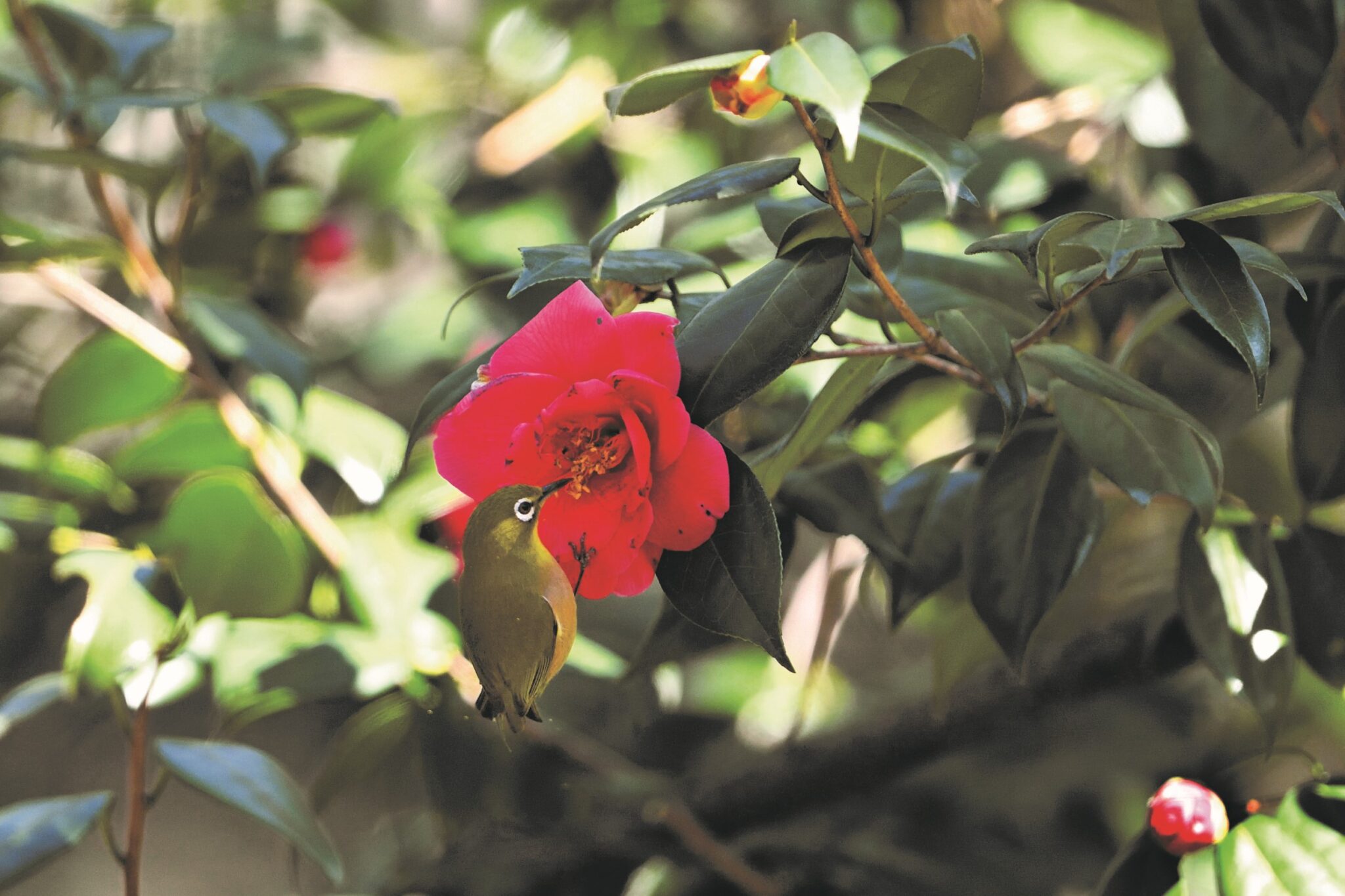
Camellia flowers bloom when the weather is still cold. At this time of year, insects are not very active, so camellia flowers have to rely on birds for pollination. In order for camellia flowers to be pollinated by birds, the birds need to be guided to the stamens located in the centre of the flower. Camellia flowers have a structure in which all the petals and stamens are connected, so birds cannot push between the petals to drink the nectar. Instead, they have to stick their heads into front of the flower to do so.
I often see white-eyes and Brown-eared Bulbuls Hypsipetes amaurotis with yellow pollen on their heads and faces, so I can say that the camellia strategy is working. Incidentally, camellia flowers are said to be bad luck because the whole head of the flower falls off at once, almost as if it is a traitor that has been beheaded by a sword. However, if we keep in mind the evolutionary reason behind its fused petals, we can redeem the honour of this flower, which has been loved as an auspicious species since ancient times.
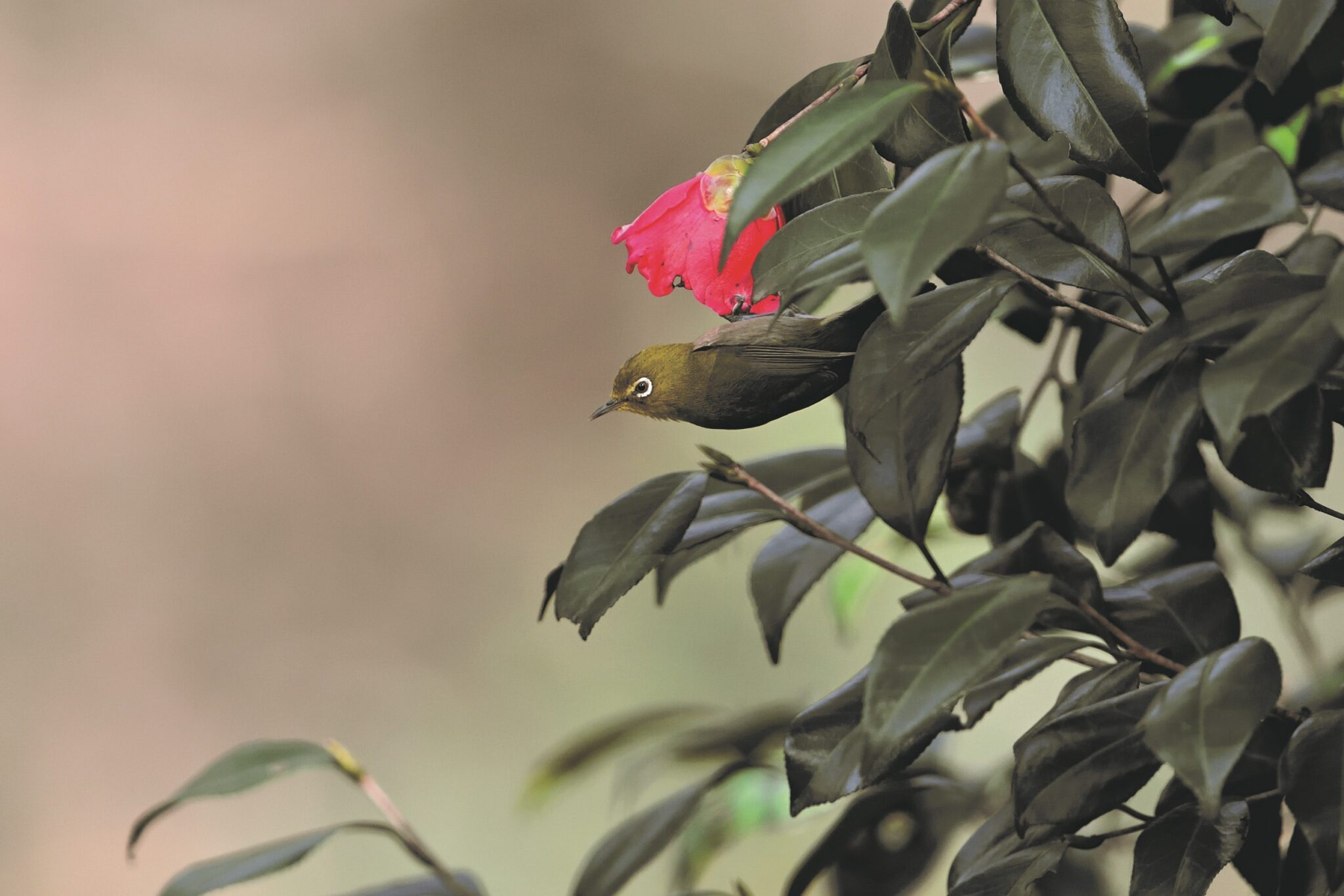
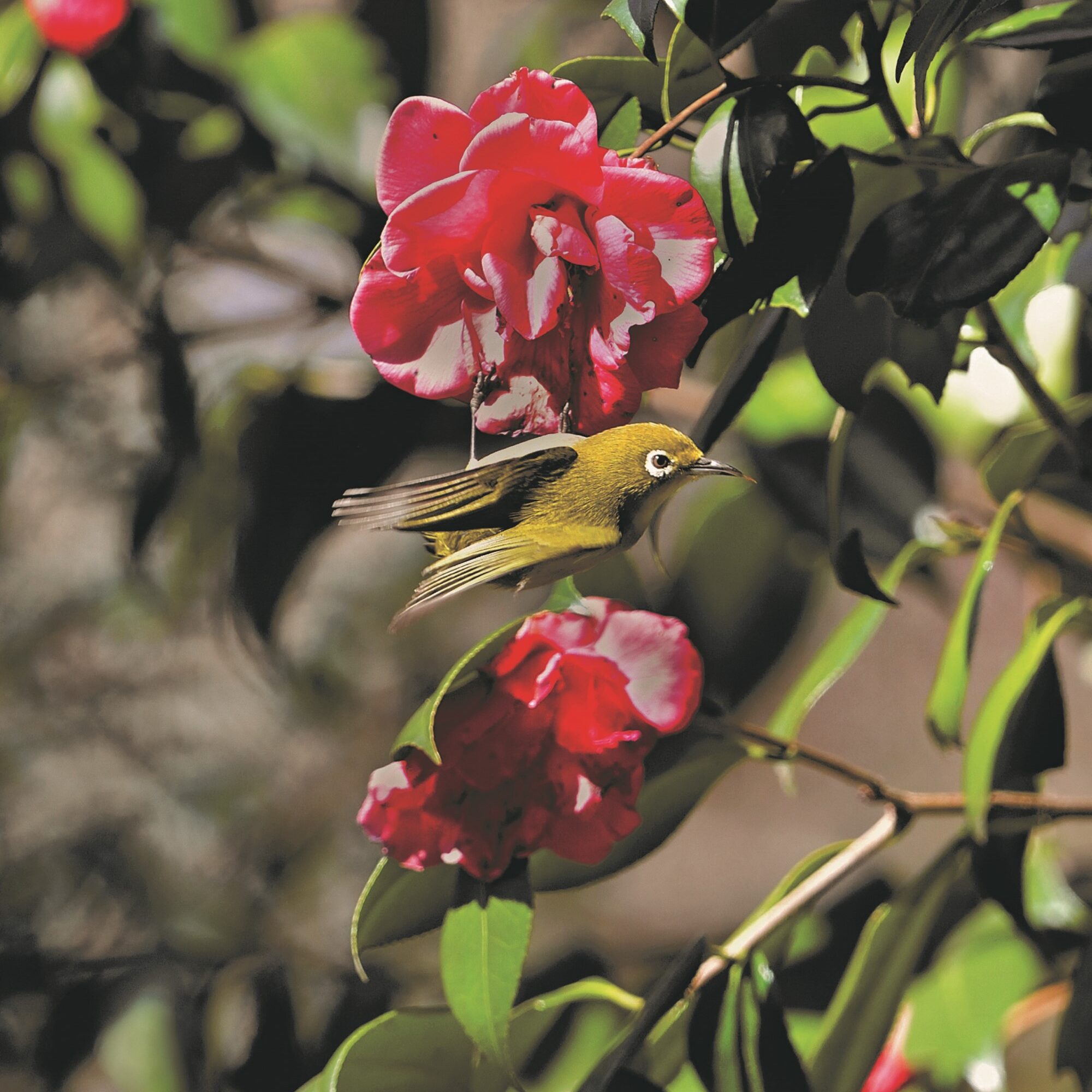
Camellia flowers bloom in the cold season, which is a blessing for the white-eyes that like to feed on the nectar of the flowers. While observing them, I noticed that they prefer red or dark pink flowers to white ones. The reason for their preference for bright colours may be that they are easier to spot from a distance. Also, the only birds that perch on camellia petals are white-eyes – I wonder if camellia flowers have evolved to have petals that can withstand the weight of white-eyes in order to be pollinated? My curiosity is endless.
The scratches that I used to think of as “dirty” are actually valuable evidence of the special relationship between camellia flowers and white-eyes. When I observe them with this in mind, I’ve started to feel they are even more adorable. If it were not restricted by the COVID-19 pandemic, I wouldn’t have stood in front of the camellia tree for days with my camera at the ready. And as a result of my persistence, I was able to take pictures and share them with you. I believe that the joy and satisfaction of noticing something through observation is very good for one’s mental health. I would like to keep my mind flexible and continue observing wild birds in this way.
More from HIH Princess Takamado
Stay up to date
Sign up to receive the latest bird conservation news. You’ll also receive updates about our projects, science and other ways to get involved including fundraising.
Thank you for your support, we are committed to protecting your personal information and privacy. For more information on how we use your data, please see our Privacy Policy. You can unsubscribe from emails at any time by using the link in the footer of any email from us.


